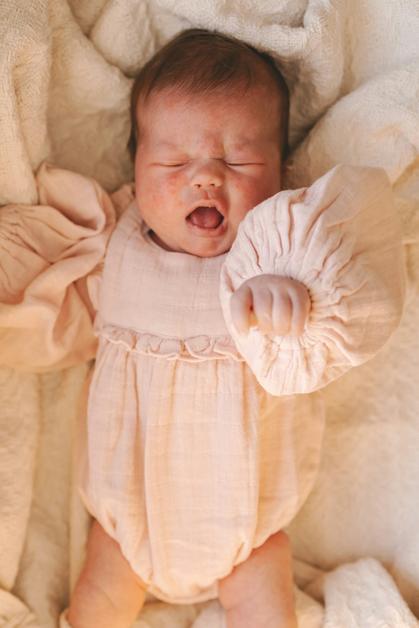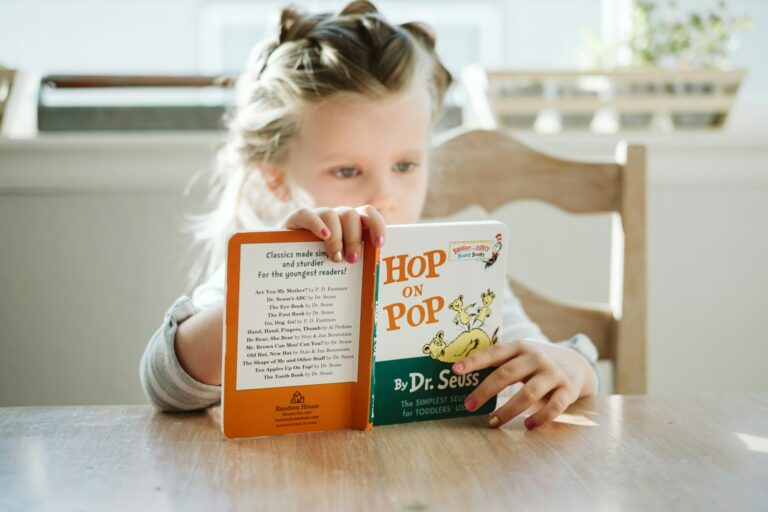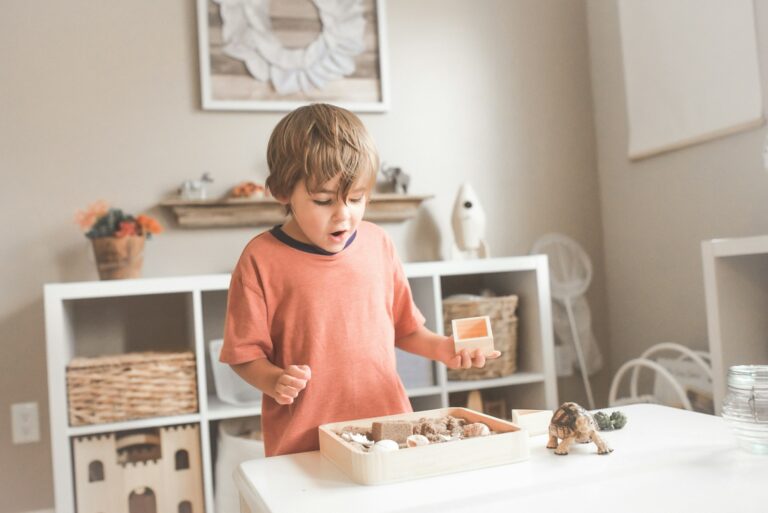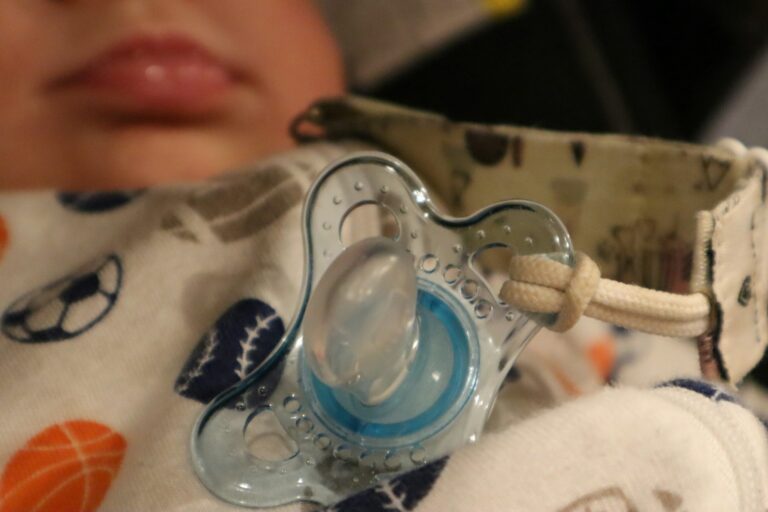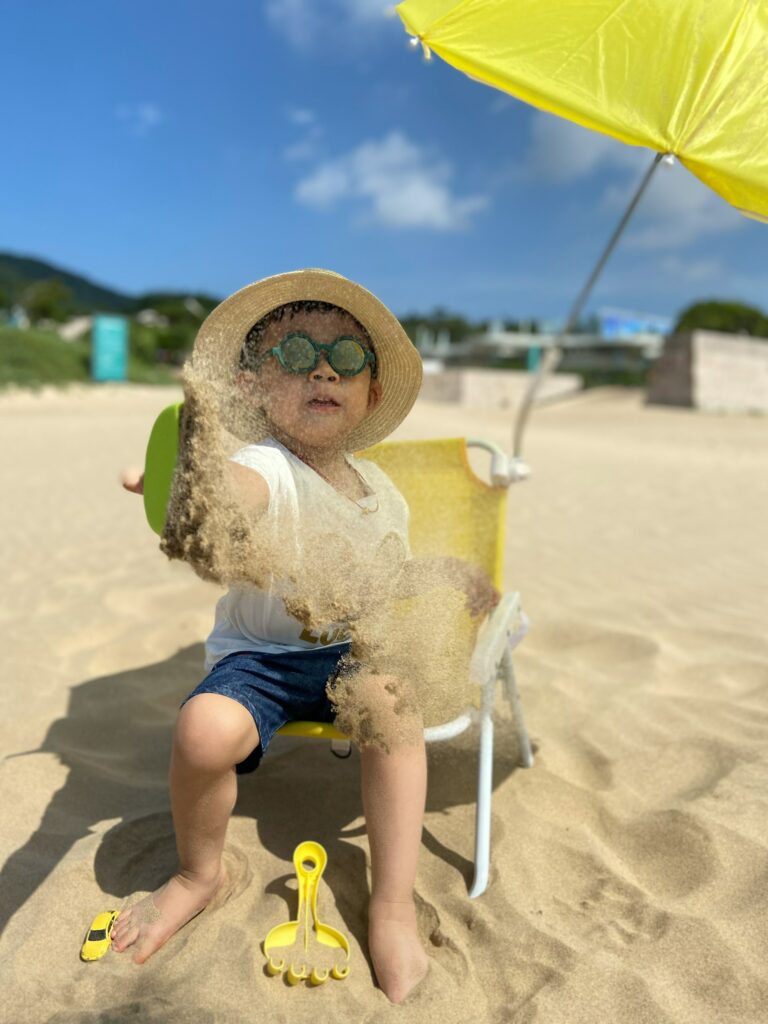A high temperature, a fretful baby who suddenly refuses milk, and then—out of nowhere—a rash blossoming across tiny skin. Every parent, sooner or later, faces an illness they can’t quite decode. Roseola complete guide parents is shaped by these very concerns: What is this fever and what does the rash mean? Should you rush to the doctor or just wait? Here, clarity replaces confusion. The burning questions about sudden fever, viral transmission, safe care, and when a parent should pay extra attention are all addressed with both warmth and science-backed answers. From unraveling the quirks of this childhood infection to practical home care, this is where science gently meets the everyday realities of parenting.
Roseola: What Do Parents Need to Know?
Understanding Roseola and Its Causes
The word itself—roseola (frequently dubbed as sixth disease, exanthem subitum, or even baby measles)—echoes through paediatric consultations and playground chit-chat alike. At its core, roseola complete guide parents points you toward the viral agents: human herpesvirus 6 (HHV-6) takes the lead, with human herpesvirus 7 (HHV-7) trailing in some cases. “Herpesvirus” might sound daunting, but this belongs to a large family—think chickenpox, but far less troublesome here—and, in a healthy child, it won’t stick around or recur.
How does the virus weave its way into daily life? Simple, almost invisible routes: a cough, a sneeze, shared spoons, or a beloved toy making the rounds at a daycare. The incubation period, which is the silent countdown from exposure to first symptoms, usually falls somewhere between 9 and 15 days. And here’s a twist: children are contagious before the fever or rash even shows up. You might never catch the culprit in the act.
Breaking Down Spread and Prevention
- Saliva: Perhaps the main actor in transmission, whether from drool, pacifiers or cups.
- Respiratory droplets: Whispered stories, giggles, coughs.
- Home surfaces and toys: Frequent handwashing, regular cleaning, and not sharing utensils are truly powerful defences.
- No vaccine is on the horizon yet—hygiene still reigns supreme.
Recognising Symptoms: The Pattern That Baffles and Then Reassures
Sudden, startling, and sometimes dramatic. That’s how many describe the onset of roseola complete guide parents must learn to spot early.
The Fever Phase
Fever doesn’t tiptoe in—it crashes through the door. Temperatures often spike to 39–40°C (103–104°F), sticking around for three, four, sometimes five days. Along for the ride: listlessness, irritability, droopy eyelids, reduced appetite, perhaps even mild cough or diarrhoea. Swollen neck glands or a glazed look in the eyes isn’t rare.
The Rash: A Turn Towards Recovery
As fever vanishes—sometimes within hours, as if someone flicked a switch—the rash makes its debut. Small, pink spots or raised bumps scatter across the chest, belly, and sometimes the limbs’ roots. It may travel outward—neck, arms, face. Not itchy, not painful, not peeling: just a gentle trace of what the immune system has overcome. On darker skin, it’s a subtle flush, often missed if you’re not looking closely. The hallmark? A child whose spirits lift dramatically once the rash arrives.
How Is Roseola Diagnosed?
For many, diagnosis is a matter of pattern recognition—a high fever, a return to cheerfulness, and a rash that follows as the temperature drops. Blood tests, PCR assays, or more advanced investigations crop up only if the situation seems ambiguous or another diagnosis seems plausible. Roseola complete guide parents is about confidence—when to trust your observations and when a professional opinion matters.
Roseola’s Course, Recovery, and Warning Signs
Natural Course and Prognosis
For the vast majority, roseola is like a brief summer storm—intense but gone before you know it. Most children are back to giggling, chasing, and eating as before within a week.
The Spectre of Complications
Rarely, the fever’s sudden upswing can trigger febrile seizures. Imagine a body unaccustomed to such heat, reacting with a transient convulsion. Alarming? Absolutely. Dangerous? Seldom, especially when care is prompt and seizures are short (under five minutes). If a fit goes on or the child isn’t himself soon after, emergency care becomes the immediate next step.
Other severe complications—encephalitis, hepatitis, pneumonia—are exceptionally unusual and typically arise only in children with weakened immunity (for example, from underlying illness or medical treatment). These situations demand extra vigilance.
When to Call Your Doctor
- Fever persisting beyond five days
- Seizures, especially if lasting more than five minutes or if full awareness does not return quickly
- Lethargy that doesn’t lift, breathing difficulty, reduced urination, or inability to keep fluids down
- Any rash that seems unusual (worsening, not fading within two days, or filled with blisters)
- Infants less than six months: maternal antibodies usually offer protection, but any infection in this fragile window needs closer observation
Strategies for Home Care: Soothe, Support, and Strengthen
Wondering what to do at 2 am, when your child wakes burning with fever and you feel utterly alone? Roseola complete guide parents offers practical science-backed tips:
Comfort Measures
- Hydration: Water, breastmilk, formula, or oral rehydration solutions at frequent intervals. Don’t push solids if appetite is poor; fluids are gold.
- Rest and calm: Allow for extra sleep. Keep lighting soft, noises gentle, comfort items nearby.
- Medication: Paracetamol (acetaminophen) in proper doses—never aspirin. Ibuprofen if recommended and not contraindicated. Strictly follow the label or your paediatrician’s advice.
- Cooling: Light clothing. Cool, damp cloth on forehead, but skip ice-cold baths or alcohol rubs—these can do more harm than good.
- Rash: No cream, no scratching, no fuss. It usually fades quietly within one or two days.
Monitor Closely
- Track fever (when it starts, how high it gets, when it breaks).
- Keep a close watch for any behaviour that seems out of character, or if your child refuses all fluids.
Hygiene and Prevention at Home
- Encourage frequent hand washing—kids and adults alike.
- Disinfect toys and surfaces, especially if another child is sick at home.
- Avoid sharing towels, bottles, or tableware.
- During the fever phase, keep your little one home from daycare or playdates—viral load is highest now. Once fever-free for 24 hours and generally well, they can return even if a faint rash lingers.
Emotional Support for Parents: Gentle Routines and Small Reassurances
There’s nothing abstract about a child’s fever at 3am. Your steady presence—gentle rocking, familiar lullabies, and even silly stories—anchors your child through the worst. Know that roseola tends to resolve quickly, and most children bounce back as if nothing happened. If doubts hover, tracking symptoms (fever logs, intake diaries, behaviour notes) helps both you and your healthcare provider. Roseola complete guide parents is not just about facts but about calm, evidence-based decision-making and a reminder: instinct has real value.
Key Takeaways
- Roseola complete guide parents highlights that this is a common, mostly mild infection for infants and toddlers, defined by a sudden high fever and a non-itchy rash with a reliable “fever-then-rash” sequence.
- Transmission occurs before symptoms via saliva and droplets; good hygiene significantly reduces risk, though total prevention is difficult.
- Febrile seizures, while dramatic, generally resolve without lasting harm; severe complications are extremely rare and arise mainly in immunocompromised children.
- Focus on hydration, fever comfort measures, gentle routines, and appropriate hygiene. No special treatment for the rash—it resolves by itself.
- Once the fever lifts for 24 hours and your child appears well, returning to daycare or school is safe, even if the rash is still visible.
- The roseola complete guide parents ethos: track symptoms, trust yourself, and reach out for professional help when complications or worries arise.
- There are medical resources, and paediatric professionals here to guide families at any stage. For extra help, download the application Heloa to access free personalised health advice and child health questionnaires.
Questions Parents Ask
Can adults contract roseola, and what should they expect?
Adults can get roseola, especially if never exposed as children or if their immune system is compromised. Symptoms? Generally much milder—perhaps a fleeting fever, vague tiredness, and a rash that may not even be noticed. For most, simple rest and plenty of fluids pave the way to recovery. Persistent discomfort or confusion about symptoms in adults signals a good reason to check with a healthcare provider.
After roseola, when is a child safe to return to school or daycare?
Worrying about passing illness to others—a common and valid parental concern. As a rule, once the child has been fever-free for 24 hours and starts showing interest in normal play, they can go back. The rash itself is no longer contagious. If your child seems tired or off-colour, allowing one extra rest day might cushion the return to daily routine.
How to reduce the risk of roseola in siblings or household children?
Total prevention—realistically tricky, since the virus spreads before anyone realises. What helps: make handwashing before meals and after care automatic, avoid sharing personal items during fever days, and wipe down favorite toys and surfaces. These steps, while humble, often keep transmission in check within families. Even if roseola touches another child, remember the majority have only mild symptoms and recover swiftly.
Is there long-term immunity after one episode of roseola?
Once a child recovers from roseola, the body develops a robust, long-lasting immunity—repeat cases in healthy children are unusual. Children with weakened immunity, however, might face a different risk profile and deserve closer follow-up.
What about infants under six months if exposed?
Generally, infants in this age bracket carry some protection via maternal antibodies. If infection occurs, it deserves a watchful eye for any divergence from expected recovery—lethargy, reduced feeding, or sustained high fever. Extra vigilance from parents and quicker consultation with a healthcare provider is warranted.
Roseola complete guide parents stands as a supportive, science-driven reference—complex where it needs to be, compassionate always, and focused on strengthening families’ medical literacy and confidence.
Further reading:

